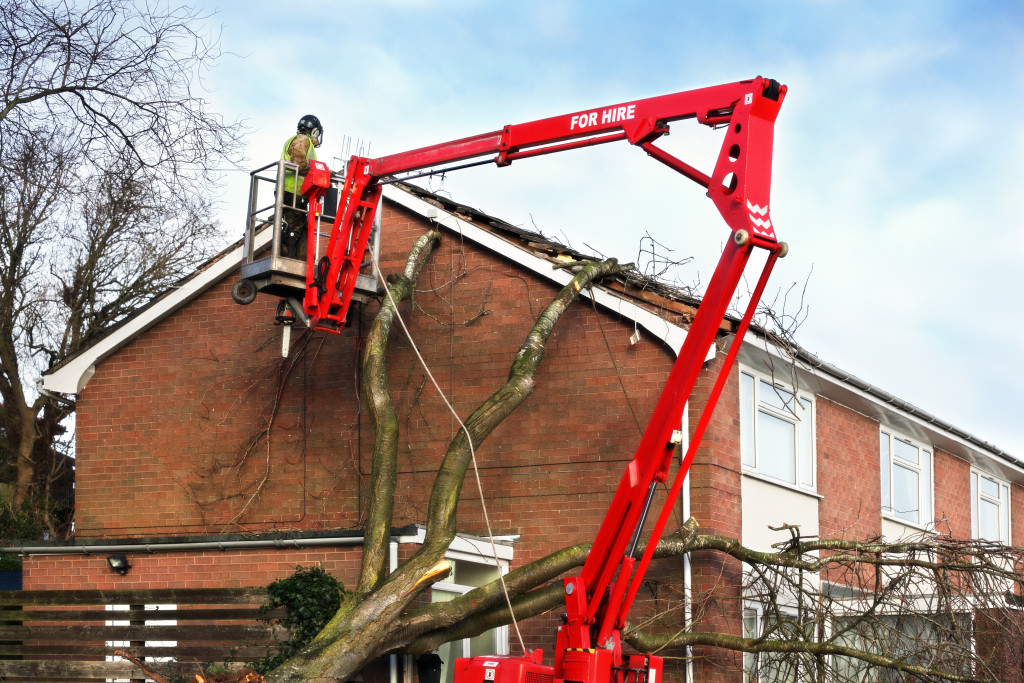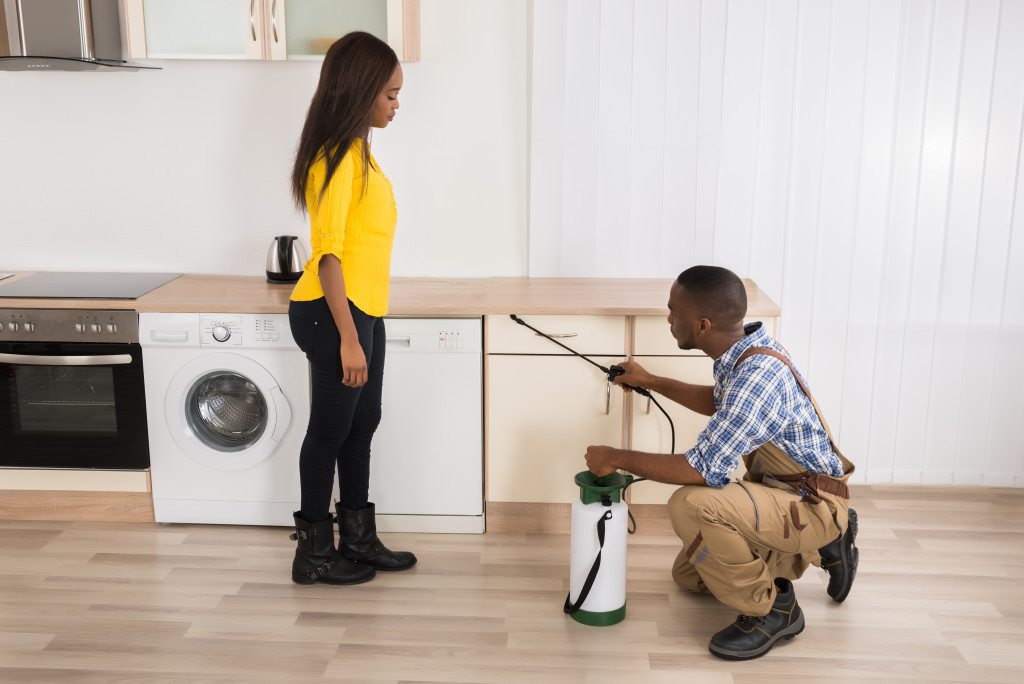- Prioritize the safety of yourself and your family before beginning any work.
- Examine the exterior and interior of your property for damage, document it, and keep written records of any costs incurred.
- Contact your insurance company to review the policy and get an adjuster to recommend steps.
- Hire a qualified contractor with a team of experts, stay involved in the process, and set realistic expectations.
- Rebuild safely and healthily to restore your home to its pre-disaster condition.
As of May 8, 2023, seven weather-related disasters in the United States have caused over $1 billion in losses. There have been 8.1 such events annually from 1980 to 2022. However, in the past 5 years (2018-2022), the annual average has increased to 18.0 events.
The tragedy of natural disasters is an unfortunate reality that many homeowners face. The aftermath of a disaster can be overwhelming and stressful, especially when restoring your home.
It can be expensive and daunting to rebuild your home, and the process can take a long time. But it’s crucial to take the necessary steps to restore your home to its pre-disaster condition and ensure its safety for you and your family. This blog post will discuss the essential steps you need to take to restore your home after a natural disaster.

Safety First
The most important thing to prioritize during a natural disaster is your safety, which should remain a priority throughout restoration. Before you begin any work, make sure your home is safe to enter and you have protective gear to wear while you work.
Examine the Damage
First, examine your property’s exterior and roof for any apparent damage. Check whether any areas are unstable, and be cautious when entering debris-filled areas. Additionally, you should turn off all power sources and gas pipelines to prevent hazards from appliances that are still running. You must contact a professional before reconnecting any utilities.
Assess the Interior Damage
Once you’ve secured the property’s exterior, assess any interior damages. Take photos of everything and note anything that needs to be repaired. Make a list of items that are beyond repair and must be replaced immediately.
Document the Damage
Documenting the damage to your home is essential to claim insurance and establish the scope of the restoration work. Take photos and videos of your property from all angles and document any damage to personal belongings.
Written Records
Be sure to have written records of any costs incurred during the restoration process. Keep any receipts from contractors or repairs paid for out-of-pocket. This will help you in your insurance claim and facilitate the restoration process.
Work with Your Insurance Company
Your insurance provider will likely send a claims adjuster to assess the damage and recommend related steps. Communicating with your insurance company is essential to avoid misunderstandings and expedite the claims process.
Review the Policy
Review your insurance policy to determine what you’re entitled to so that you can start the rehabilitation process as soon as possible. Don’t hesitate to hire a public adjuster’s services if necessary, as they can help advocate for your best interests.
Hire Professionals for the Restoration Process
Restoring your property after a natural disaster requires a team of trained experts. The first step is hiring a licensed contractor specializing in disaster restoration. The right professional will provide support and guidance through the repair process.
Team of Experts
Your contractor will likely have a team of experts who can handle various areas, such as roofing, electrical, plumbing, and painting. If your basement flooded during the storm, you should work with a reputable basement flood restoration service. They can assess the damage and advise you on the best action.
Property Restoration
Once you have hired a qualified contractor, they will inspect your property and develop an estimate for repairs. This process can take several weeks or even months, depending on the extent of the damage. Your contractor should provide detailed reports and photographs that document every step in the restoration process.

Stay Involved in the Restoration Process
While professionals will handle most of the work in the restoration process, it’s still essential to stay involved in the process. You must keep open lines of communication with your contractor and communicate your needs and preferences.
Regular Visits
Regular visits to the construction site will also allow you to monitor progress and ensure that the work is being carried out according to your plan and expectations. You should ensure that any changes to the plan or design are approved by you and documented.
Realistic Expectations
Finally, since restoration projects can be long-term endeavors involving multiple steps and processes, it’s essential to establish realistic expectations upfront so that you know what to expect as the project progresses. Keeping these tips in mind will help ensure a successful restoration process.
Natural disasters can wreak havoc on your home, but it’s essential to rebuild your home safely and healthily. It requires a lot of work, but you can restore your home to its pre-disaster condition with the proper steps and guidance. By following these essential steps, you’ll be on your way to rebuilding strong in no time.

